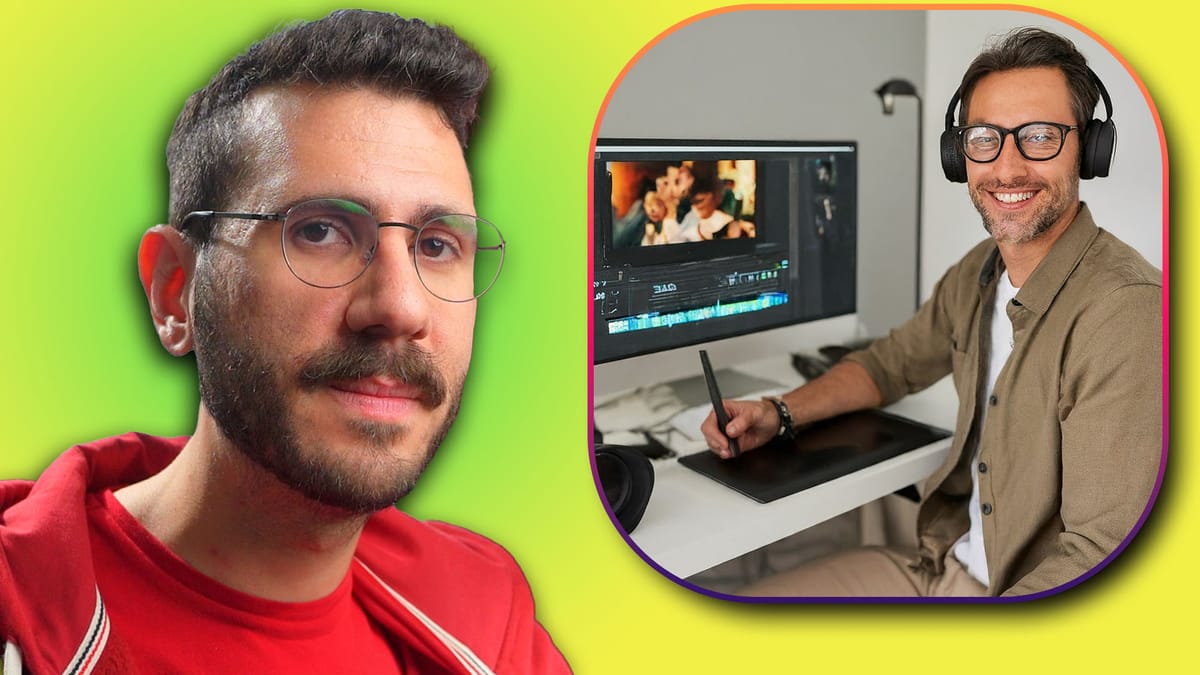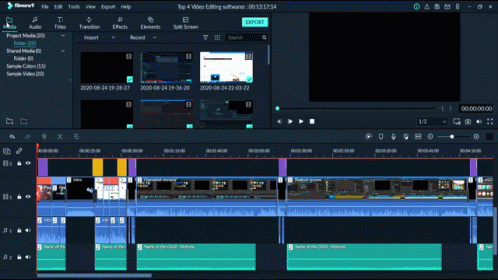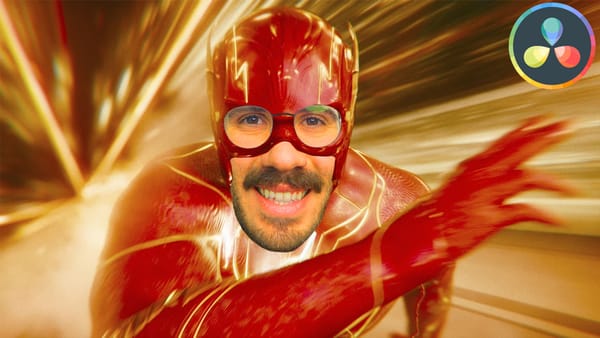Want to be a video editor for YouTube channels? Start here.

Are you considering a career in video editing? It's a fantastic way to combine your creative talents and technical skills. Here's my roadmap to success, based on five years of professional video editing experience.
Step 1: Do You Love the Craft?
Video editing is an art. You have to enjoy poring over content, trying different cuts, adding motion graphics and sound, and turning raw footage into something polished and engaging.
Be honest with yourself: Is this something you can see yourself doing for hours on end? It takes passion to create great work, especially when working with demanding clients.
Step 2: Master Your Skills
- Choose Your Tools: Get familiar with a powerful and stable video editing program. I highly recommend DaVinci Resolve. It has an amazing free version and the paid Studio version offers even more features. Premiere Pro is another popular option, but I found it less stable than Resolve.
- Practice Makes Perfect: Work on personal projects, volunteer to edit for friends, or download stock footage and experiment. You'll build your skills quickly through practice. I'll be creating helpful tutorials on DaVince Resolve, so keep an eye out for those!

Step 3: Build an Impressive Portfolio
You need to showcase your talent, even before landing paid work. Here are a few ways to get started:
- Free Portfolio Hosting: Consider using Behance. While primarily a design platform, it allows you to upload unlisted videos and share links.
- Demo Reel vs. Published Videos: A demo reel is a short video highlighting various editing styles, while showcasing published YouTube videos demonstrates how your work translates to real-world projects. Start with a reel, and add published work as you land clients.
- Get A Domain Name: For extra professionalism, consider buying a domain using your name. I use porkbun.com. Redirect this to your Behance profile.
- Website Builders (Optional): Squarespace or Wix can offer more control over portfolio design, but remember, clients are interested in your work quality, not website design.
Step 4: Find Those First Clients
Here's where things get exciting! Skip the freelancer platforms like Fiverr and Upwork – they can be a race to the bottom, and clients expect rock-bottom prices. Instead, focus on direct outreach:
- Your Network: Start with friends, family, and coworkers. Offer to help them with their YouTube video ambitions.
- Cold Outreach: Don't be afraid to reach out to potential clients with a well-crafted email. I have a whole video dedicated to finding YouTube clients and writing those emails – check it out!
- Pricing for Beginners: When starting out, your portfolio might not justify top rates. Here's a starting point: Take your state's minimum wage, multiply by three, then multiply that by the estimated editing time (5-6 hours for a 10-15 minute talking head YouTube video), that's around $200. This gives you a ballpark figure to suggest, with flexibility for negotiations.
- Offer a First-Video Discount: Reduce risk for new clients by offering a discount on their first project. It's a great way to get started.
Step 5: Deliver... and Then Some
Once you land those early gigs, it's time to shine. Clients will return (and refer others!) if you provide an exceptional experience, not just technical skill.
- Communication is Key: Be responsive, friendly, and meet deadlines. Consistent communication builds trust with clients.
- Go the Extra Mile: Anticipate their needs, suggest improvements.
Continuous Growth = Success
Always aim to improve, learn new techniques, and stay on top of editing trends. This keeps you competitive and in-demand. Most importantly, remember that clients don't just want fancy effects. They want someone reliable who makes their life easier.
That's how I built my video editing business! If this helped you, please share it with other aspiring video editors.
Let me know your thoughts, and I'll be happy to answer any questions.




